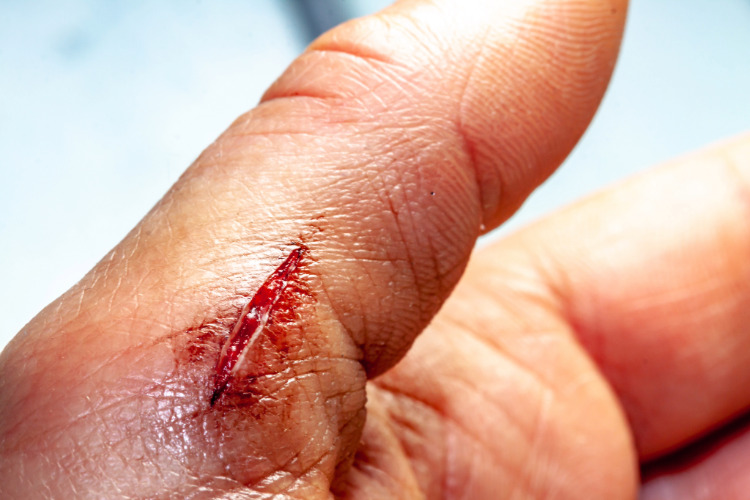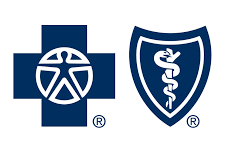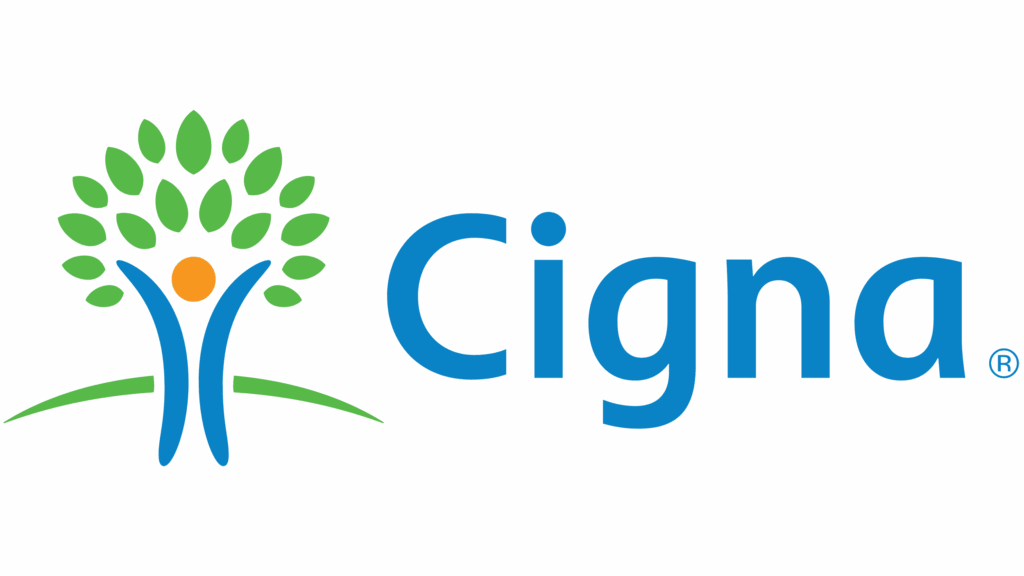Cuts, Lacerations and Abrasions
- Skip The Waiting Room
- No Exposure To Other Sick Patients
- No Patient Travel Is Required

First Aid Care for Cuts, Lacerations & Abrasions
Accidents happen. Whether you’re a parent, caregiver, or outdoor enthusiast, knowing how to provide in-home care for cuts, lacerations, and abrasions can make a significant difference in the healing process. Here’s a comprehensive guide to ensure you treat these injuries effectively and safely.
Key Steps for In-Home Care
1. Assess the Severity
Before you begin treatment, evaluate the injury to determine its severity. If it’s a deep cut, heavy bleeding, or if the wound is large and doesn’t close easily, seek medical attention immediately. For minor cuts and abrasions, proceed with in-home care.
2. Wash Your Hands
Thoroughly wash your hands with soap and water before touching the wound. This simple step helps prevent infection.
3. Clean the Wound
Use mild soap and water to gently clean the wound. Remove any debris or dirt present. Pat the area dry with a clean cloth to avoid introducing bacteria.
4. Apply Antibiotic Ointment
Apply an over-the-counter antibiotic ointment to the wound. This helps protect against infection and aids in the healing process. Avoid touching the ointment tube directly to the wound to prevent contamination.
5. Cover the Wound
Cover the wound with a sterile bandage. This keeps the wound clean and prevents further injury. Choose the appropriate bandage size and type based on the injury.
6. Change the Bandage
Change the bandage daily or whenever it becomes wet or dirty. Regularly changing the bandage helps maintain a clean environment for the wound.
7. Monitor for Infection
Watch for signs of infection, such as increasing redness, swelling, or drainage. If you notice any of these symptoms, seek medical attention promptly.
Common Mistakes to Avoid
Being aware of common mistakes can help you provide the best care possible:
- Neglecting to Assess the Injury: Failing to assess the severity can lead to inappropriate care. Always evaluate the injury first.
- Using Dirty Hands or Tools: This increases the risk of infection. Always wash your hands and use sterilized tools.
- Not Cleaning the Wound Thoroughly: Leaving debris or bacteria in the wound can cause infection. Ensure the wound is properly cleaned.
- Contaminating the Ointment: Avoid touching the ointment tube directly to the wound.
- Using Inappropriate Bandages: Deeper cuts may require more protection than basic adhesive bandages can provide.
- Failing to Change the Bandage: Regularly changing the bandage prevents bacteria buildup and keeps the wound dry.
- Ignoring Signs of Infection: Delaying treatment can lead to serious complications.
When to Seek Medical Attention
Knowing when to seek professional help is crucial:
- Heavy Bleeding: If the wound doesn’t stop bleeding after applying pressure for 10 minutes.
- Deep Cuts: If the wound is deep, large, or the edges are gaping.
- Signs of Infection: Redness, swelling, increased pain, or drainage.
- Embedded Objects: If there’s an object stuck in the wound.
- Animal or Human Bites: These wounds require medical evaluation due to the high risk of infection.
Consequences of Untreated Wounds
If left untreated, even minor wounds can lead to complications:
- Infection: Untreated wounds can become infected, potentially leading to more severe health issues.
- Scarring: Proper care can minimize scarring.
- Delayed Healing: Without proper treatment, wounds may take longer to heal, increasing discomfort and risk of further injury.
Proper Care
Proper in-home care for cuts, lacerations, and abrasions is essential for quick and effective healing. By following these steps and avoiding common mistakes, you can ensure that minor injuries don’t turn into major problems. Always monitor the healing process and seek medical attention when necessary.










